Coping with Anxiety at Work: Tips and Book Recommendations
- Angela Novelli
- Jun 12, 2024
- 4 min read

There are many challenges that the everyday worker faces when in the workplace, whether it is a toxic work environment, strict deadlines, poor interpersonal relationships, high expectations, and so on. All of these factors can negatively affect mental health, contributing to worsening stress and anxiety. The American Psychological Association’s (APA) Work in America Survey has shown that 57% of participants have experienced negative impacts because of work-related stress that are associated with burnout, with almost a third (31%) reporting emotional exhaustion.
Whether an individual has a diagnosed anxiety disorder or the stress of the workplace creates feelings of high anxiety, it can be daunting and seem difficult to cope. This can be especially worsened by a poor work environment and management that does not accommodate mental health necessities. 55% of workers strongly (21%) or somewhat (34%) agree that their employer believes their workplace environment is more mentally healthy than it actually is. Fortunately, there are several steps you can take to try to manage your stress and anxiety, though if these negative feelings are strong and persistent, it may be better to seek out professional assistance.
Tips for coping with anxiety at work
Managing anxiety effectively can significantly improve your productivity, job satisfaction, and overall well-being. Let’s look at a few tips to keep in mind when feeling stressed and anxious in the workplace:
Communicate your expectations
It is your own decision to let your employer and colleagues know if you are experiencing feelings of anxiety or have a diagnosed anxiety disorder. If you feel comfortable, communicating the expectations you have for your work can help ease some stress. For instance, you may want to let your employer know how much work you can realistically complete in a given timeframe and request adjustments to your workload.
43% of survey respondents reported worrying that if they told their employer about a mental health condition, it would result in a negative impact on them in the workplace. It is important to remember that the Americans with Disabilities Act of 1990 (ADA) protects you from job discrimination.
Create a schedule
A well-structured routine can provide a sense of control and predictability, which can alleviate anxiety. Prioritize certain tasks and schedule enough time to complete each one to avoid becoming overwhelmed.
Build a support system
Having a support network at work can make a significant difference. Seek out colleagues you trust and consider sharing your feelings with them. Sometimes, simply talking about your anxiety can reduce its intensity.
Take breaks and stay active
Only about one-third (35%) of surveyed workers reported that their employer fosters a workplace culture where breaks are encouraged. It is crucial to remember to take your breaks each day and embrace your mind’s need to rest. In addition, regular physical activity can significantly reduce anxiety, even if it is just a short walk to clear your head.
Enhance your work environment
Your physical work environment can impact your anxiety levels. Aim to create a workspace that promotes calm and focus by keeping it organized, adding personalized touches, and any other factors that contribute to a more relaxed environment for you.
Utilize resources
Take advantage of any resources provided by your employer. This might include an Employee Assistance Program (EAP), employee wellness initiatives, skill-building courses, and/or flexible work arrangements.
Book recommendations for workplace anxiety
Sometimes, written guidance or experience from others can help ease the impact of mental health conditions like anxiety. Here are a few recommendations:
Author: David A. Clark & Aaron T. Beck
Amazon Rating: 4.4/5
Pioneering clinician-researcher Aaron T. Beck, MD, and expert David A. Clark, PhD assembled the tools and techniques used in cognitive behavior therapy (CBT) in this helpful anxiety guide. It features different exercises and techniques to identify triggers of anxiety and manage its existence throughout your daily life.
Author: Adrian Gostick & Chester Elton
Amazon Rating: 4.7/5
Executive coaches Adrian Gostick and Chester Elton share insights into managing workplace anxiety for both employees and managers. In this book, the authors delve into the causes of anxiety at work as well as how certain management practices can reduce that anxiety.
Author: Morra Aarons-Mele
Amazon Rating: 4.6/5
Leadership expert and mental health advocate Morra Aarons-Mele wrote this guide for the purpose of highlighting anxiety in the workplace and in leadership. This book helps the reader cope with the effects of anxiety, set boundaries to prevent burnout, confront bad habits, and turn stress and anxiety into sources of strength in your career and personal life.
Coping with anxiety at work is a continuous process that requires patience and persistence. By implementing these strategies, you can create a more manageable and less stressful work environment. Remember, it's important to prioritize your mental health and seek support when needed. With the right tools and mindset, you can navigate workplace anxiety and maintain your productivity and well-being.
Sources:





Comments